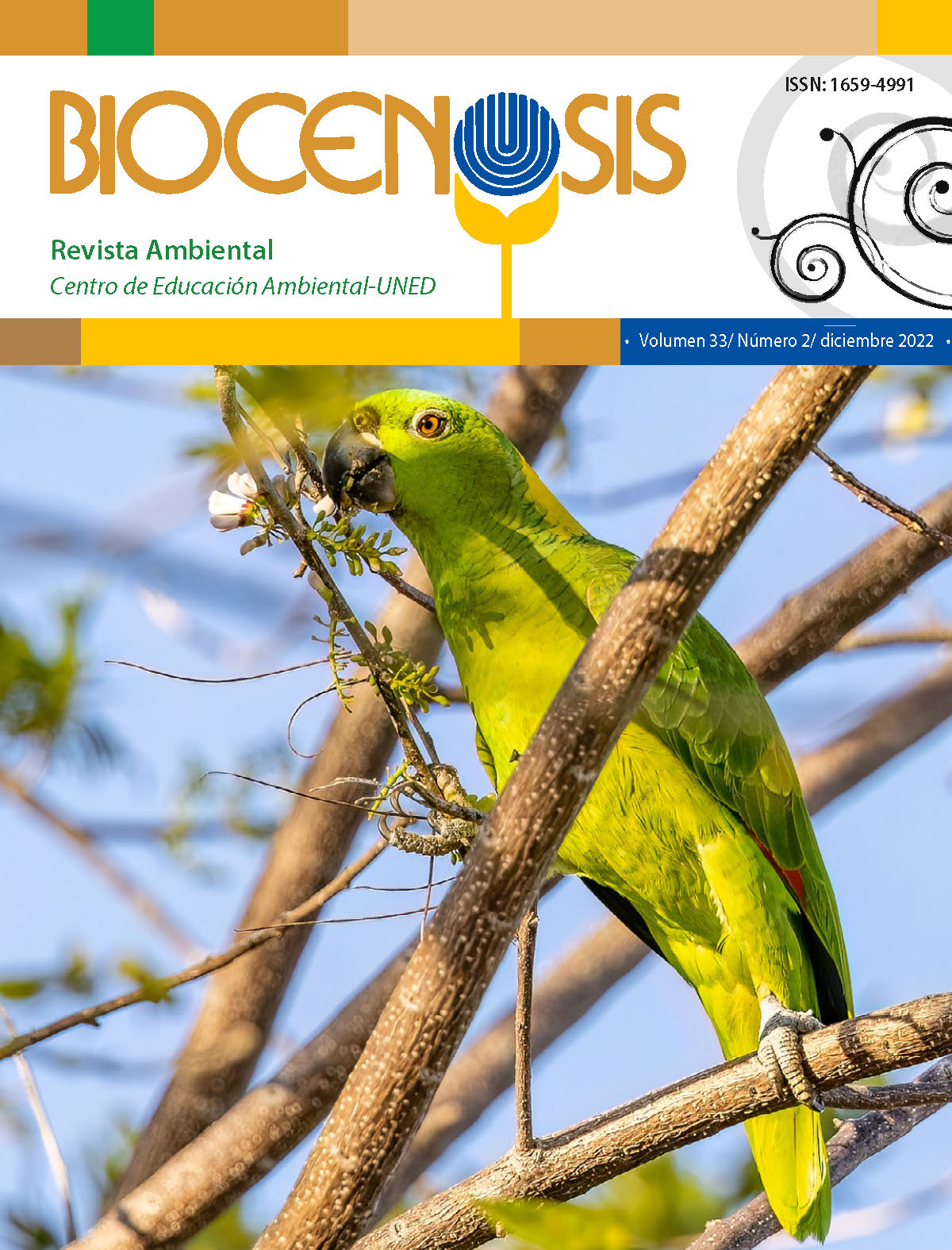Characteristics of the Plant that Produces the Fruit Known as Vegetable Brain or Ackee Blighia sapida (Sapindaceae)
DOI:
https://doi.org/10.22458/rb.v33i2.4539Keywords:
edible, fruits, Karl Dietrich Koenig, hyperglycemia, hypoglycine A poisoningAbstract
The plant known in Costa Rica as vegetable brain or ackee Blighia sapida Karl Dietrich Koenig, Sapindaceae, produces a fruit that has an edible aril, if it is collected correctly for consumption. The capsule-type fruit for human consumption, must be opened naturally and must be attached to the plant. Otherwise, if the previous steps are not followed, its consumption is very dangerous for human health, because it contains a toxic chemical compound called hypoglycine A. The arils of vegetable brain or ackee, if obtained correctly, are used for the preparation of different dishes, mainly in the province of Limón, Costa Rica. The rings of the vegetable brain or ackee are rich in essential fatty acids such as linoleic, steartic, palmitic omega 3 and 6. It is a great source of vitamins A, B and C. It has a high amount of minerals such as zinc, potassium, phosphorous, iron, ascorbic acid and a small amount of antioxidants, proteins, and an important source of fiber. The ring, which is the only edible part of the vegetable brain or ackee must be boiled for several minutes in water, to eliminate the toxic substances called hypoglycine A. Other parts of the plant are used for the preparation of home remedies.
Published
How to Cite
Issue
Section
License

This work is licensed under a Creative Commons Attribution-NonCommercial-ShareAlike 4.0 International License.
